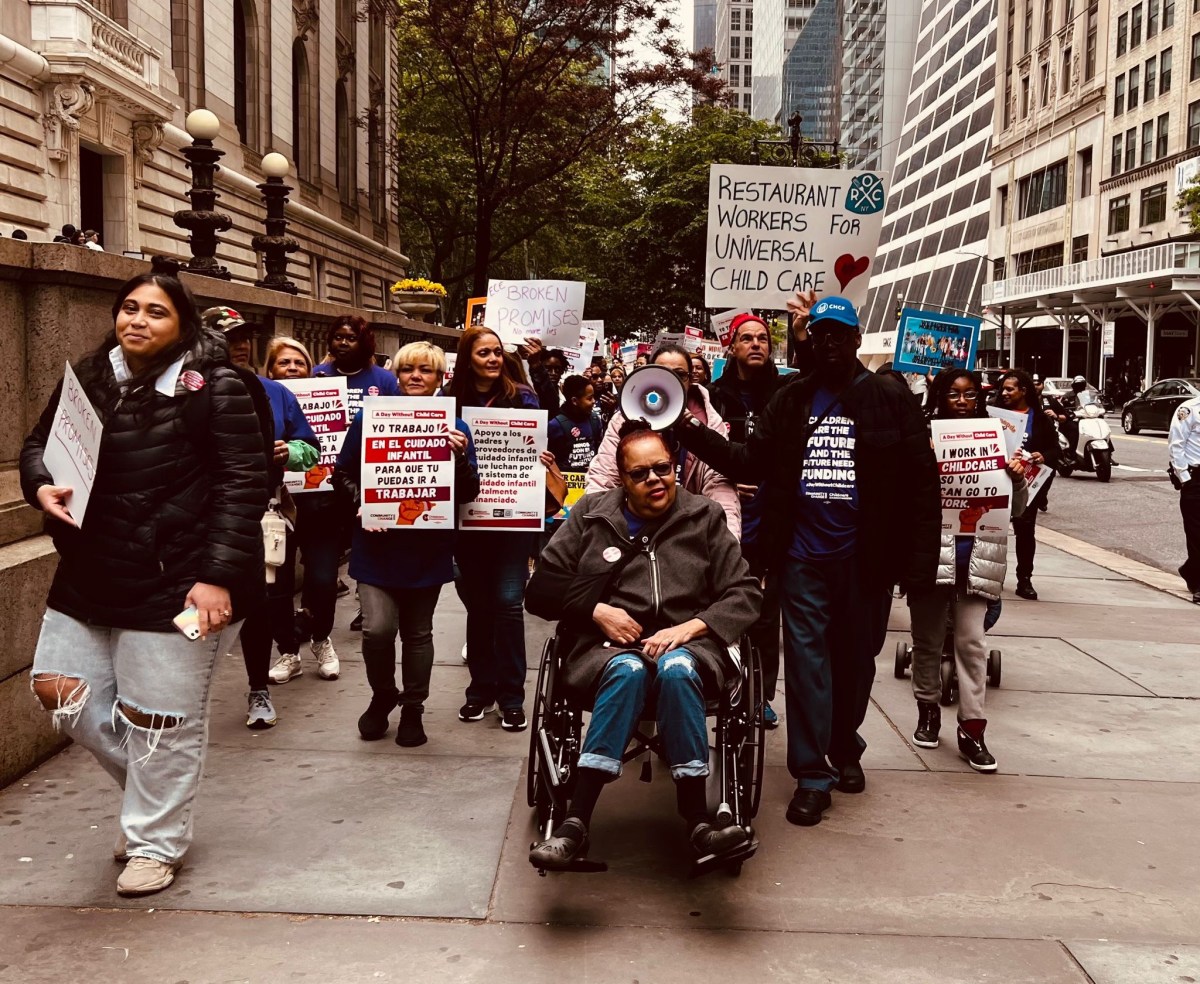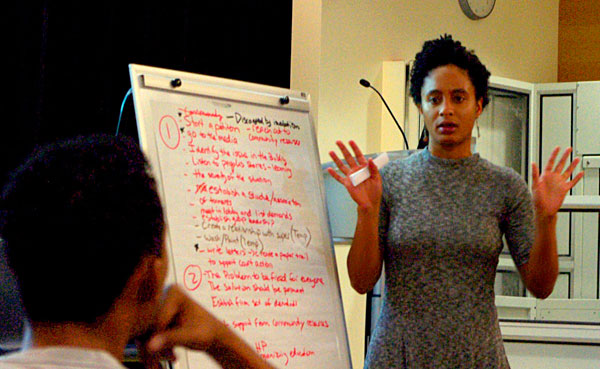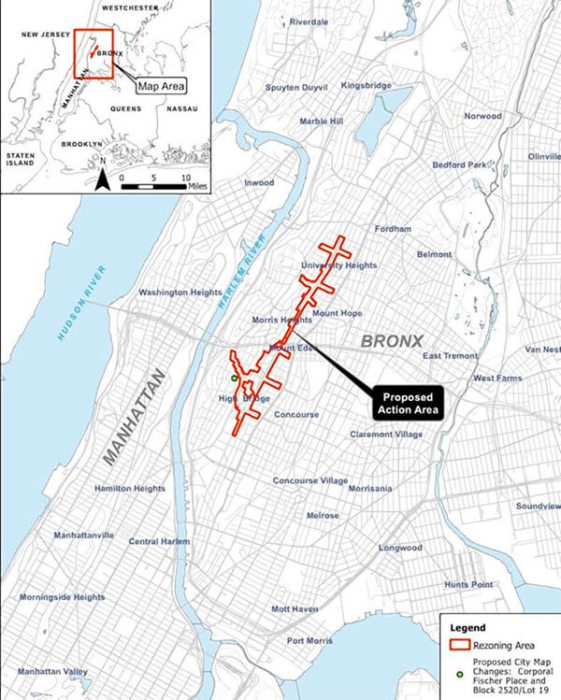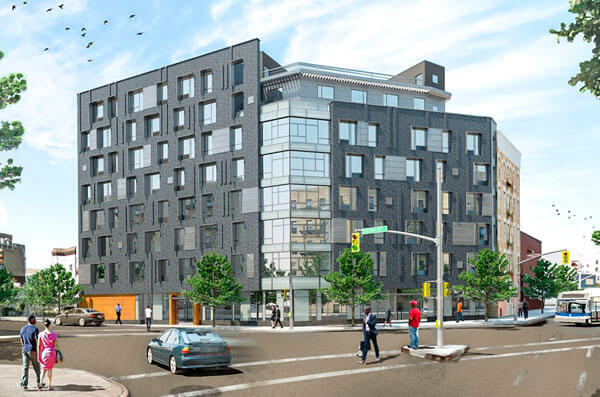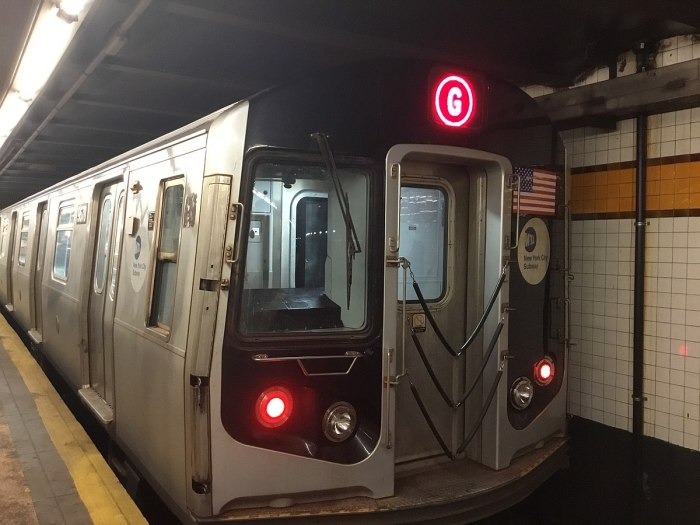Two zoning initiatives championed by the de Blasio administration, designed to encourage the creation of affordable and senior housing, cleared the City Council after several modifications.
In its final form, the two zoning initiatives known as Zoning for Quality and Affordability and Mandatory Inclusionary Zoning ended up garnering widespread, though sometimes tepid support, among many of the borough’s elected officials after some had initially expressed skepticism and opposition.
Both bills passed the City Council on Tuesday, March 22.
Some borough city council members were able to modify the way the plans affected their districts.
Others voted for the plans after changes were made that raised the probability for more affordable housing if re-zonings or zoning variances are made in communities that are vulnerable to gentrification.
These changes lowered the Area Median Income threshold for affordable housing under MIH, creating opportunities for apartments on lower rungs of the income ladder if a re-zoning is done or a project is not as-of-right.
Borough President Ruben Diaz, Jr. stated that the way the plans were first presented to local community boards was flawed, and that he felt that community, many of whom had opposed ZQA and MIH, should have been given a chance to voice their opinions on the revised plans before the council voted.
Nevertheless, the borough president stated that he was pleased to see the progress that had been made on the affordability spectrum.
“While the housing deal does not go as far to assist the low-income community as many of us had hoped, it is an encouraging step in the right direction,” stated Diaz, who commended the City Council for addressing some issues brought up relating to parking and greater affordability.
The borough president stated he still remains concerned that the changes to what is considered affordable housing may do “nothing to encourage developers to create units that would maintain our professionals and foster socio-economic diversity.”
Councilman Rafael Salamanca, whose district encompasses Hunts Point and neighboring communities, said that the plan will allow the city council member who represents the district increased latitude in setting income requirements for affordable housing that may be part of future developments.
They just have to average to 60 percent of AMI, and some could be 40 percent or lower, he said. A 40 percent AMI for a family of four is currently around $86,000 per year.
“This plan allows residents in the community to have access to apartments and afford them,” he said, adding that in if the plan were not passed, developers could build housing without consideration to the affordability needs of people already in that community.
The plan could have the effect of mitigating the impact of gentrification, he said.
Councilman James Vacca said that he was able to ensure that height requirements were left in place in the Lower Density Growth Management Area in Community Board 10.
He added that he was also able to negotiate the removal of a number of transit zones from CB 11 that would have allowed for greater larger scale development, as well as requiring a Uniform Land Use Review Procedure for new nursing home facilities in that community board.
“I made it clear that that unless changes like this were made, I was not going to be for it,” said Vacca.
In general ZQA and MIH allows for waivers when it comes to parking and height limits on new senior developments and nursing homes. It also encourages higher-density building along subway lines.
However, Vacca said that most of his district is R-5 or lower, and those waivers to height and parking are geared towards R-6 zones or higher, and some areas also are not available in CB 10 because of LDGMA.
“What a lot of people don’t understand is that this does not mean that they are going to build low-income housing,” said Vacca. “A set aside of a certain number of units have to be affordable if there is a rezoning, but my entire district was rezoned neighborhood by neighborhood since 2003.”
It might take decades before the full effects of the plans are seen, said George Torres, CB 12 district manager, who added that he does not believe that it will foster enough economic diversity in individual communities.
It would have been better for the community boards to be given more time to review the plan, but now that it is law, the hope is that it works out for communities and the city, said Adaline Walker-Santiago, CB 7 chairwoman.













